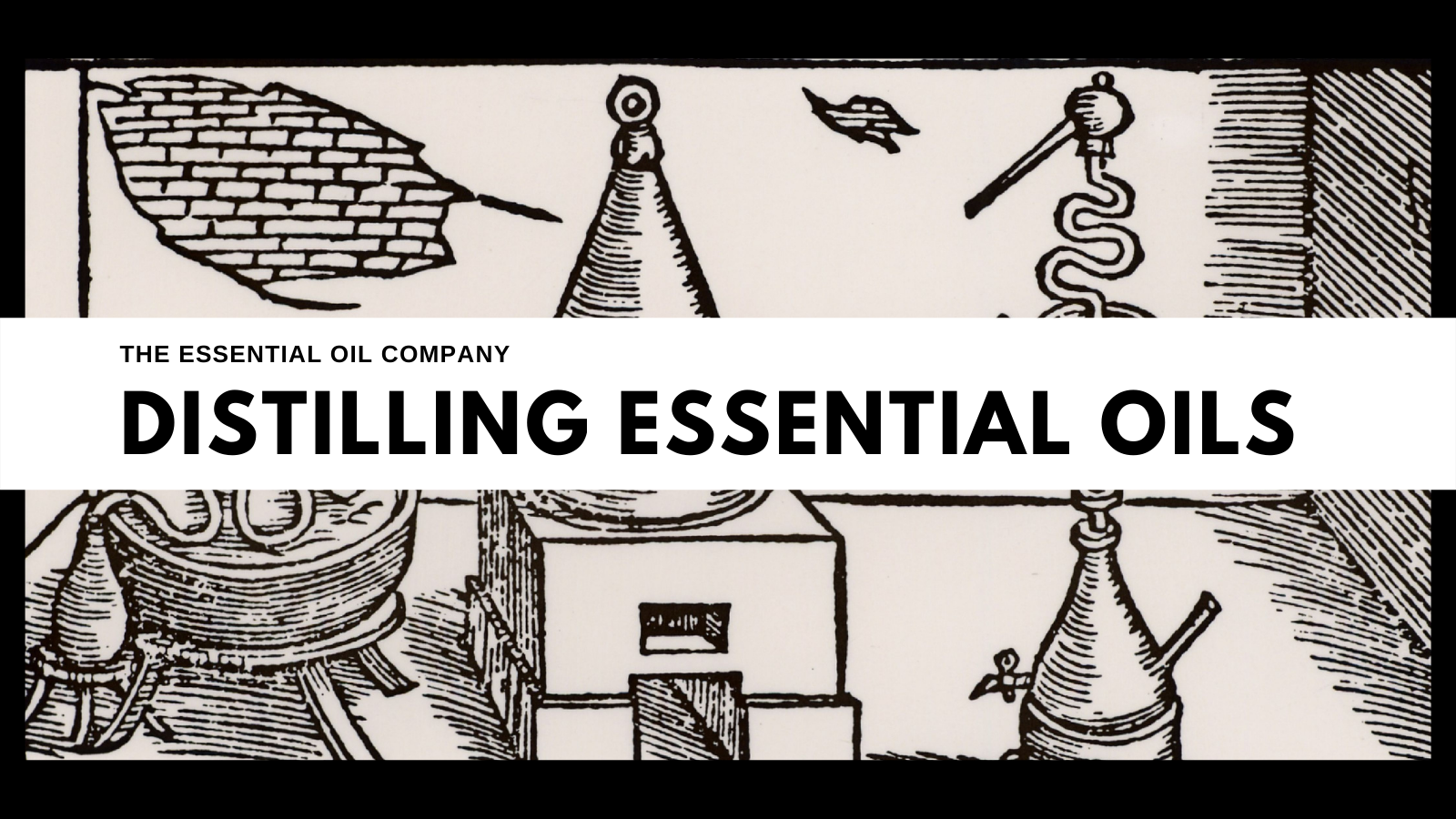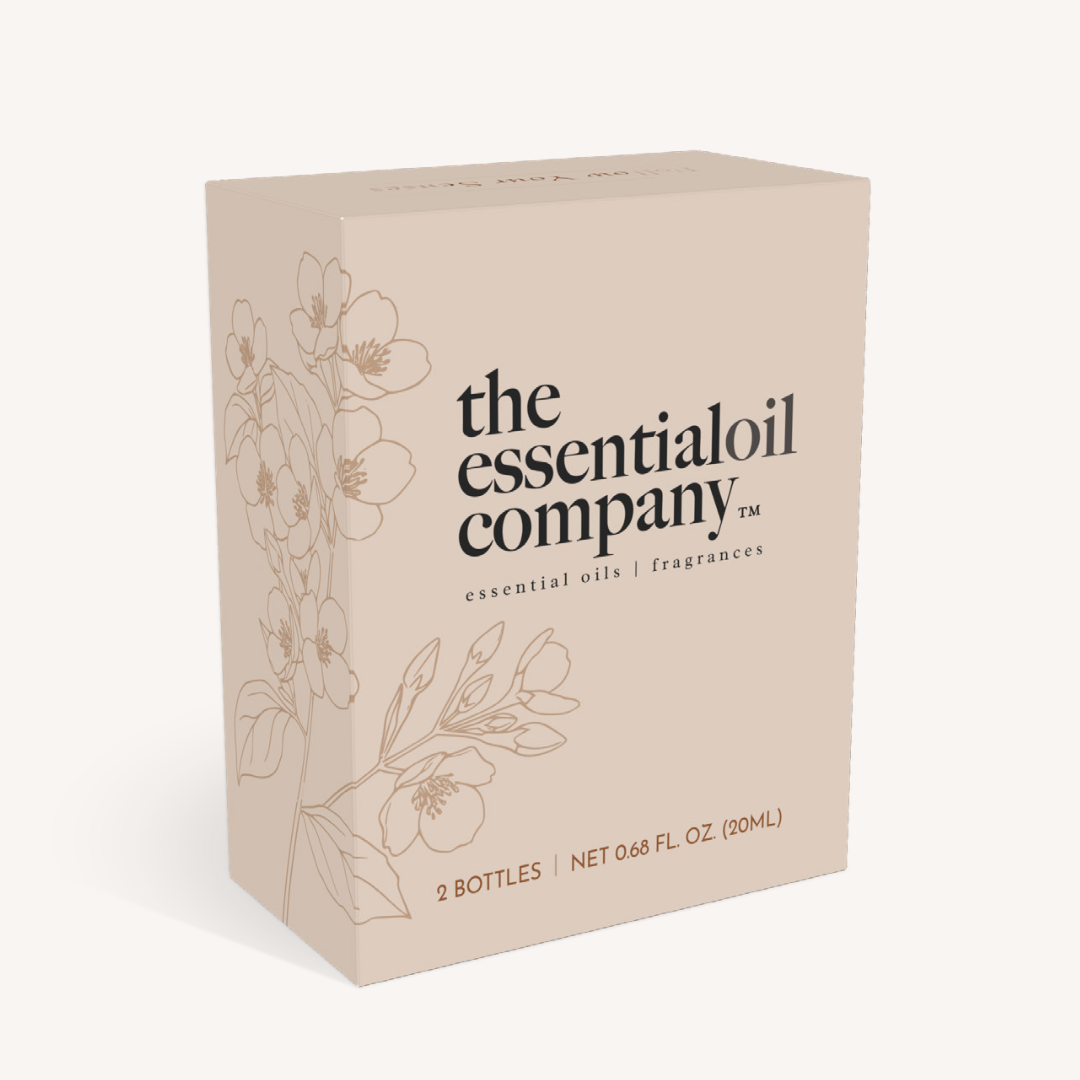"Alchemy is the art that separates what is useful from what is not by transforming it into its ultimate matter and essence"
Theophrastus Bombastus Philippus Aureolus von Hohenheim
He chose the name "Paracelcus" for himself. Meaning that which is "equal to or greater than Celsus". Celcus was Aulus Cornelius Clecus, a First Century Roman who was known for his tract on medicine
The art of distillation was brought to us by early Alchemists. The pre- European Alchemists worked under Greek Egyptian culture and pre-Islamic Middle East cultures. Men and women both worked as Alchemists. One of the most famous female Alchemist was Maria the Jewess. Maria worked with Alchemists in Ptolemaic Egypt. She is responsible for the creation of the double boiler, and for components used by early distillers for condensing steam for the separation of hydrosols and essential oils. Maria was rejected by European Alchemists firstly because she was a woman, and secondly because she was Jewish. Her memory was brought to us by the Greek writer Zosimos of Panopolis. Maria is credited with the creation of: the "tribikos", the "kerotakis" and the "bain Marie". These creations are still used today by Alchemists and Chemists.

The aim of the Alchemists was to separate components of materials; plants and metals into what was believed to be their basic components. Once separated, the basic elements derived were recombined to create things which did not exist in nature.
The goal of distillation is to separate the "essence" of a plant called "Sulfur" by the Alchemists from the corporeal body of the plant. Once the essence was separated and captured, the plant material after distillation was placed into a crucible. This second action burned the fibrous material and revealed the minerals that were present in the plants.
One of the earliest forms of distillation was both creative and simple. Plants were added to a pot of water. The top of the pot was covered with a crossing of twigs. On top of the twigs were layers of fatty wool. When the water was boiled, the essential oils would evaporate from the plant and be captured in the fatty wool. This did not yield a pure essential oil, but it did indeed capture the essence of the plant.

Early distillation equipment was made out of clay which needed to withstand the heat of fire and the temperature of boiling water. Copper was also used for distillation equipment. Copper is soft and malleable, it can be hammered and shaped as desired. Copper is also excellent at heat transference and temperature uniformity within the distillation unit.

The distillation of plants is effective because essential oils are volatile. Essential oils evaporate with heat at lower temperatures than that which water boils.
Essential oils are found in many parts of plants. They can be found in leaves, flowers, seeds, stems and roots.
The leaves of Eucalyptus, Thuja, Cinnamon and Clove are distilled. Ylang ylang, Cananga, Bitter Orange, Damasc Roses produce aromatic flowers which can be distilled. The seeds of the Allspice, Cherry, Nutmeg and Clove are distilled. The bark of the Cinnamon tree produces an essential oil. The heartwood of Sandalwood and Cedarwood Virginia is distilled. Roots of Vetivert, Sandalwood, Jatamansi and Juniper are distilled for their essential oil.
There are three basic types of distillation for essential oils:
Hydrodistillation, Water/Steam Distillation, and Steam Distillation.






